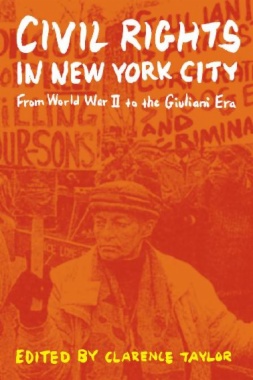This report assesses whether the Smithsonian Institution should continue to receive direct federal appropriations for its scientific research programs or if this funding should be transferred to a peer-reviewed program open to all researchers in another agency. The report concludes that the National Museum of Natural History, the National Zoological Park, and the Smithsonian Center for Materials Research and Education in Suitland should remain exempt from having to compete for federal research dollars because they make unique contributions to the scientific and museum communities. Three other Smithsonian research programs should continue to receive federal funding since they are performing science of the highest quality and already compete for much of their government research money.
- Cover
- Front Matter
- Executive Summary
- 1 Introduction and Background
- 2 Description of the Smithsonian Scientific Research Centers
- 3 Findings, Conclusions and Recommendations
- References
- Appendix A: Committee on Smithsonian Scientific Research: Biographical Sketches
- Appendix B: National Academy of Public Administration: Charge to the Panel on Smithsonian Research and Panel Membership
- Appendix C: Smithsonian Astrophysical Observatory Facilities
- Appendix D: Examples of Long-Term Projects and Data Sets at the Smithsonian Tropical Research Institute
- Appendix E: Examples of Long-Term Projects and Records at the Smithsonian Environmental Research Center
- Appendix F: List of Acronyms

